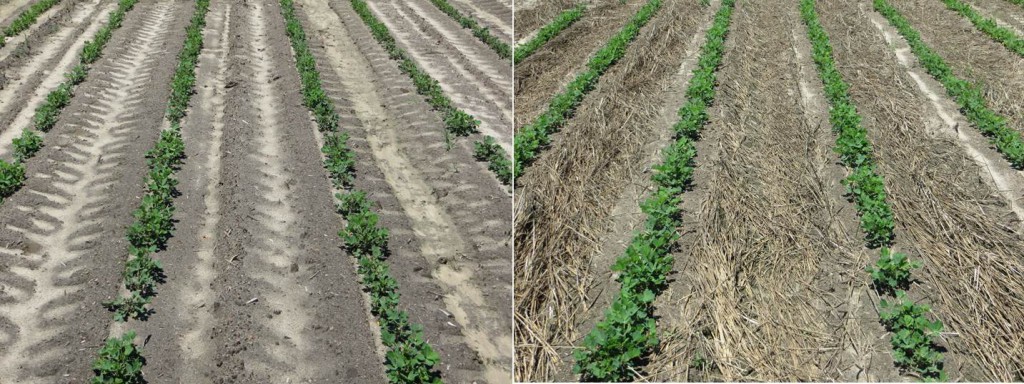Thrips numbers on our traps have mostly been trending downward since 18 May. This pattern is typical of what we have seen in Georgia over the last few years. Many if not most of our peanut acres are getting to the point at which thrips injury is no longer a concern. Though the larger “thrips flight” is drawing to a close, local thrips populations and movement can vary. Fields that are in the

window of 0 to 21 days after emergence should still be monitored for thrips infestations and injury.

There have been several calls over the last 14 days about caterpillars in peanut. While a few folks have reported cutworms and beet armyworms most of what we are seeing are small corn earworm and/or tobacco budworm. There is no published threshold for caterpillars on seedling peanut, but our goal is to prevent severe defoliation and stunting. Proper caterpillar identification is an important step in choosing the best insecticide should treatment be required.
Three cornered alfalfa hoppers (TCAH) have made an early appearance in some peanut fields this year. The impact that infestations at this point in the season will have on the crop is unknown. Because TCAH adults are highly mobile and most of the girdling damage in peanut is caused by the nymphs, I would resist the temptation to treat unless there are nymphs present in the field. Treating with broad spectrum materials opens the door for secondary pest outbreaks later in the season, and re-infestation by migrating adults is common enough to make treating a field of adults this early in the year risky in my opinion. The best way we have found to scout for the nymphs is to use a black beat sheet. Small TCAH nymphs are generally light tan in color and are difficult to see.
Lesser cornstalk borers are present in some GA peanut fields. I expect that rains from the tropical storm on Monday gave us a bit of reprieve from building populations, but a return to hot, dry conditions would put us back in a situation that favors LCB development.
For more information about these and other insect pests in peanut, please contact your local county Extension agent.